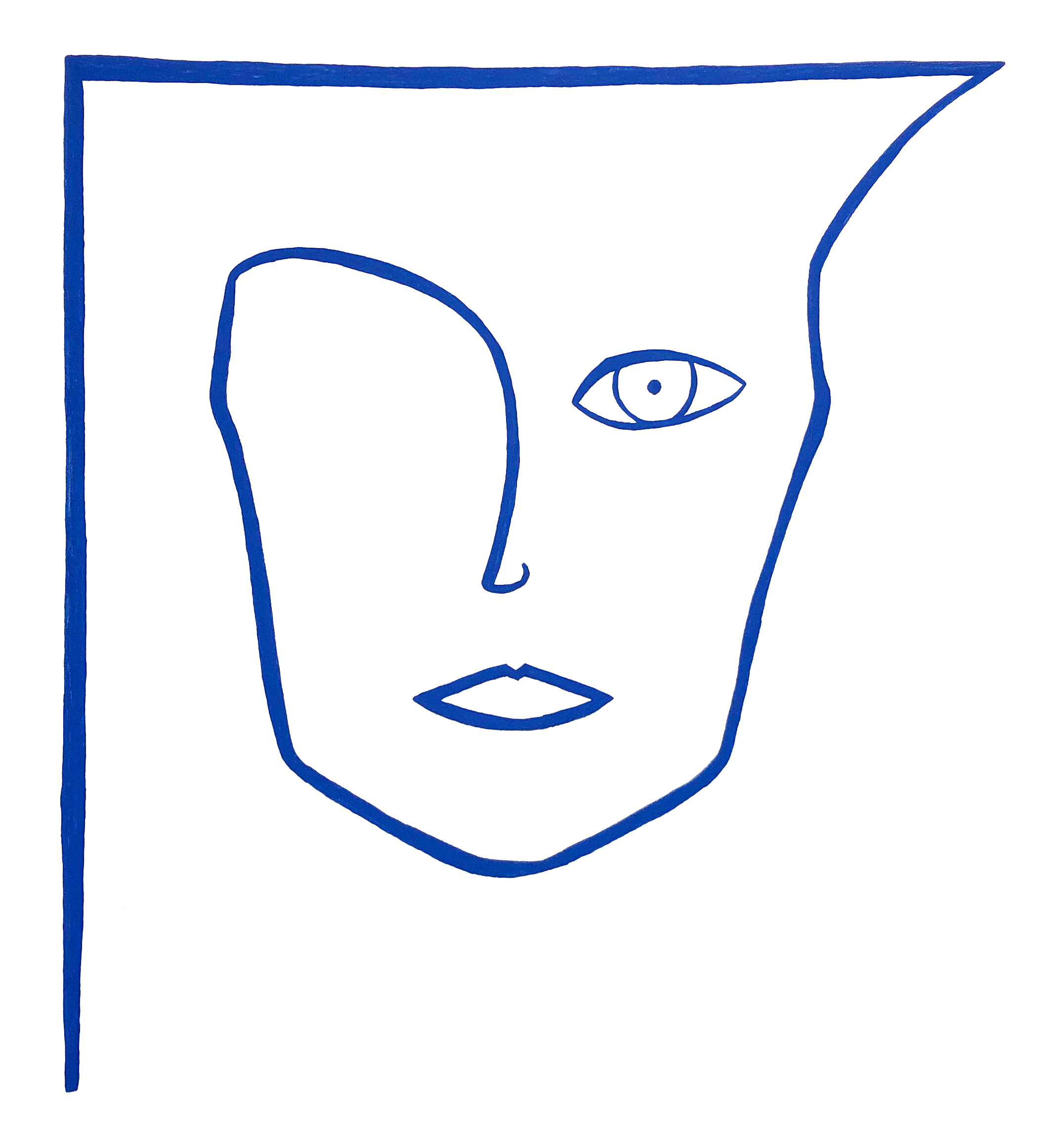ABSTRACT
Untreated zygomaticomaxillary complex fractures may lead to aesthetical and functional sequelae needing secondary surgical correction. A 31-year-old male was addressed to our department for right enophthalmos and loss of cheek projection 3 months after facial trauma. Restauration of facial symmetry can be achieved by repositioning of the zygomaticomaxillary complex by osteotomies. To achieve good functional and aesthetical results, the reduction needs to be accurate. This is the main difficulty in delayed cases as there are less anatomical landmarks due to initial trauma and bone remodeling. Nowadays, in France, thanks to good care access, very few patients are not treated within the first two weeks after trauma; thus, surgeons have little experience on sec- ondary reduction. It has been reported that navigation-guided surgery and use of stereolithographic models improve results. In small centers, access to both technologies and induced over-cost may limit their use. With the ease to access a 3D printer, small centers have to develop innovative, simple ways to offer compara- tive results. In the case presented, surgery planning and plate modeling were achieved using an office-based three-dimensional printed model. To reduce the cost, free open source software has been used. In this case, facial symmetry has been restored and post- operative computed tomography scan shows good stability. This simple, cost effective technique, is applicable in most centers equipped with a 3D printer and ensures a good and reproductive result even when this surgery is not routinely done.
